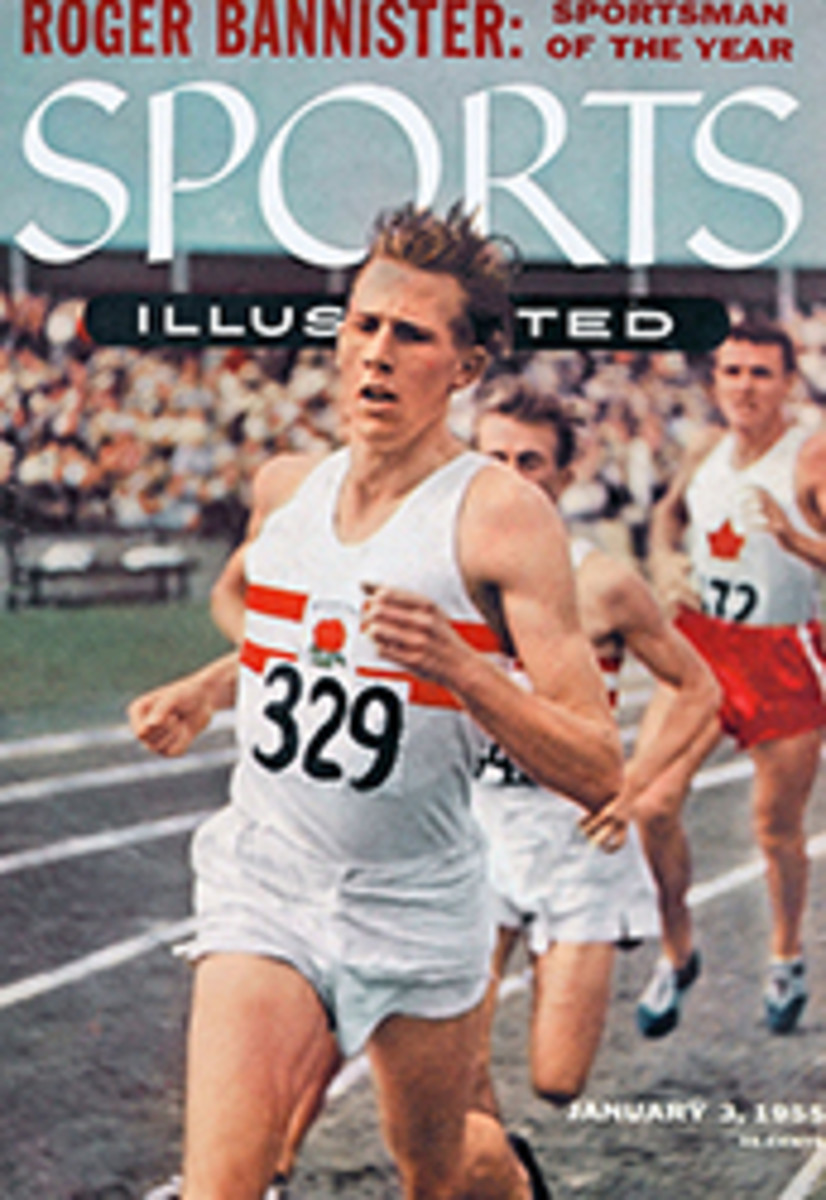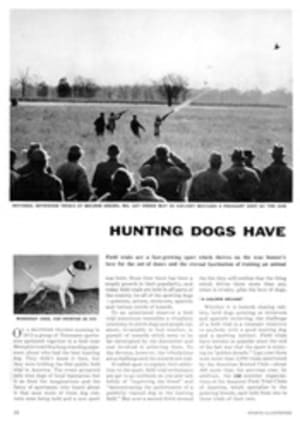
THE ALL-STAR: I
CHICAGO
Nearly 22 Years ago, when they thought Joe Falcaro was on his deathbed, a group of bowling proprietors declared his U.S. title forfeited and awarded the crown to Joe Miller of Buffalo, winner of a national elimination tournament. The eliminations evolved into what is now known as the All-Star, an annual contest whose winners are almost universally recognized as men's and women's match game champions. For, although Falcaro recovered, sneered at Miller and Miller's successors and claimed the title until his death in 1951, the All-Star gained prestige through the years until today it ranks with the American Bowling Congress championships as one of the two most important events on the bowling calendar.
Spectator interest in this year's All-Star—Jan. 14-23 at Chicago's vast Coliseum—seems even keener than in 1953-54, when box seats were priced at $6 and scalpers got as high as $20 a ticket the final night, although the matches were televised. Many of the 160 men and 64 women—representing 26 states—who will compete have already come to town. They draw large crowds at their practice sessions, for it appears almost everyone here is looking for a longshot with a chance to win. Bookmakers quote odds on the All-Star and the newspapers list them.
"Who do you like?" the cab driver wants to know. Back at the hotel the bartender, the waiter, the valet ask the same question.
"Whom do you like?" wonders soft-spoken, fair-haired Howard C. Seehausen, executive director of the Bowling Proprietors Association of America. Bespectacled Seehausen, a former advertising executive with the physique of a half-miler and the mien of a youthful college professor, actually is more interested in putting on a successful show than in who wins. But "All-Star fever," as they call it here, grips even him.
The All-Star may lack the tradition, splendor and festive air of the ABC, but it has no equal in spectator appeal. The men roll 100 games (64 in the last four days) and women 56, a grueling test compared with the three-game singles and nine-game all-events on which ABC and Women's International Bowling Congress titles are based. Victory means at least $25,000 to a man and $15,000 to a woman in prize money, exhibition fees and endorsements.
Well, whom do you like? In the women's division it would be capricious to look beyond incredible Marion Ladewig, 40-year-old bowling instructor of Grand Rapids, Mich. A fierce competitor, yet charmingly feminine off the lanes, Mrs. Ladewig has won all five women's events held so far and is odds-on to take the sixth. As if she weren't dominant enough, her top rival, Doris Knechtges of Detroit (197 average last season), underwent an operation and will not roll. And vivacious Sophie Cetinsky, highest average bowler in Cleveland, was plagued by a sore thumb earlier in the season and failed to qualify. Mrs. Cetinsky turned in scores of 190, 202, 233, 248 the other day in the Cleveland Kegler singles tournament, to give you an idea of the trouble she could have caused in the All-Star matches.
Another top bowler who didn't make the grade in the Ohio eliminations was Marge Merrick of Columbus, although her twin sister, Libby, a left-hander, will be here for the finals. (The twins hold the national doubles record of 513 for one game, Marge scoring 255 and Libby 258.) Short, sturdy Sylvia Wene of Philadelphia won the All-Star qualifying trophy three times, but has not been able to come through with big scores when she has needed them most—in the match competition following the qualifying rounds.
CARTER? MAYBE
"When I'm defeated in the All-Star, I think the one who will do it will be Anita Cantaline," Mrs. Ladewig said recently. "She throws the best ball of any woman bowler I've seen in the country." But I doubt whether Mrs. Cantaline, of Detroit, is ready to step into the champion's shoes. Nor is another highly regarded Detroit bowler, Elvira Toepfer (195 average).
The simple fact is that the closest Mrs. Ladewig has come to losing was in December, 1951 when she hung in second place for two days. On the third day she opened with a record 255-279, went on to average 247-plus for eight games, and it was all over except for the signing of lucrative contracts. When I visited her two months ago, her composite mark in three leagues was a fantastic 214. Our talk was brief because she had to hurry off to the lanes for practice. Her follow through needed brushing up, she said.
In the men's division, big (6'1", 195 pounds) Don Carter, 27, of St. Louis vies for a record third consecutive triumph. Unlike Mrs. Ladewig, he does not dominate the field. It would surprise practically everyone except Carter if he were to win again. Next week I'll introduce some of the men the experts figure to beat him.
PHOTO
MARION LADEWIG
ILLUSTRATION
"They're very efficient, but deucedly hard to train!"

